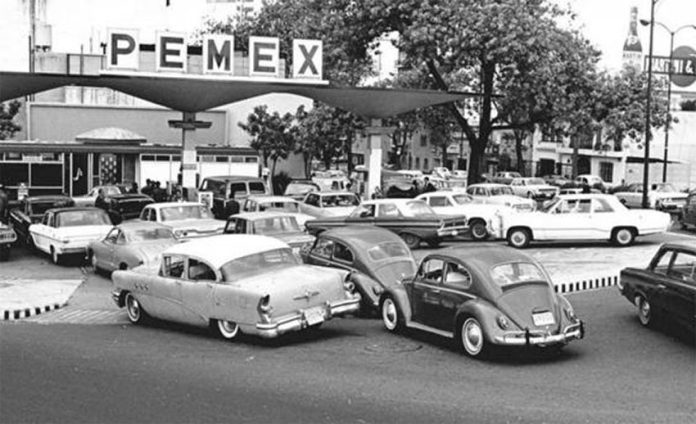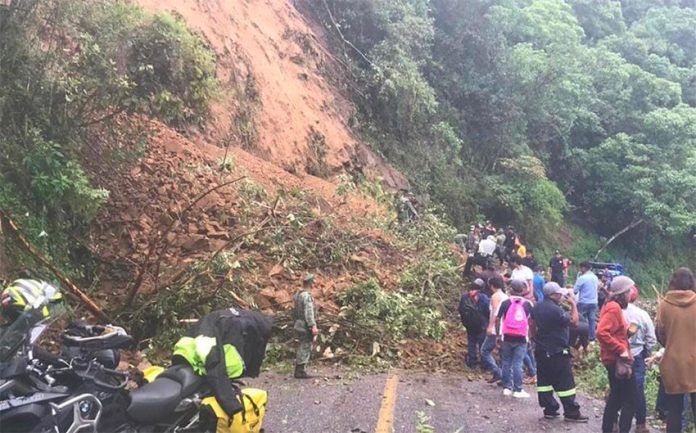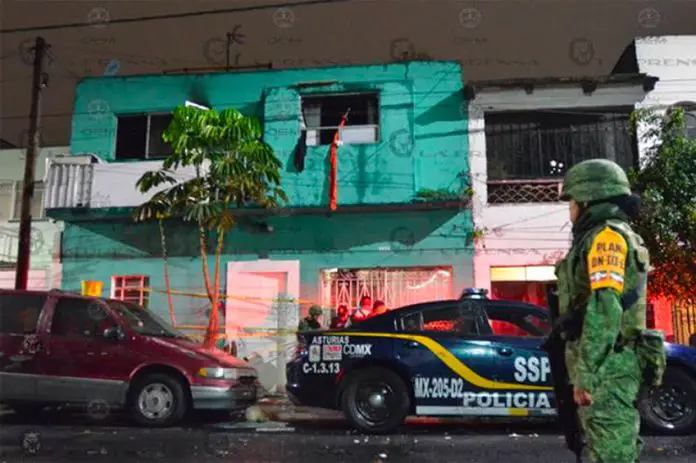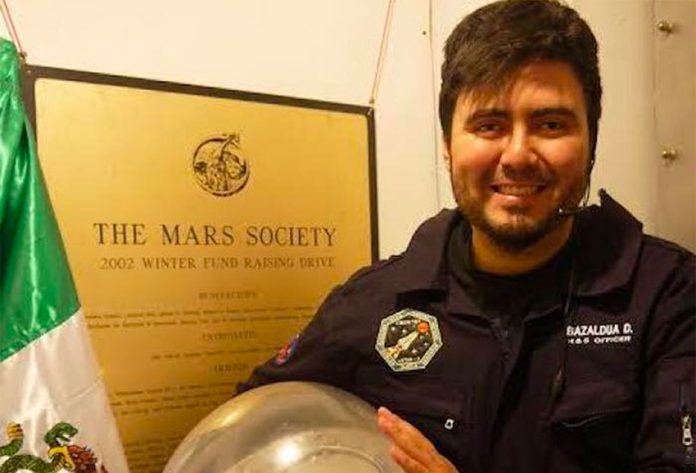The federal government has issued a new call for National Guard recruits, offering a monthly salary of 19,000 pesos (US $960) and a range of benefits.
An advertisement published by the Secretariat of Security and Citizens Protection (SSPC) says that members of the new security force will receive annual bonuses, 20 days of paid vacations, mortgage credit, meals, life insurance and pension payments and other benefits.
New recruits who are willing to relocate to join the National Guard will be offered moving services free of charge.
The salary on offer is about 4,000 pesos higher than that earned by new recruits of the Federal Police, which the government plans to disband.
The SSPC is looking for both male and female recruits aged between 18 and 30. Applicants must be Mexican by birth, unmarried and not living with a partner.
Minimum height restrictions of 1.63m for men and 1.55m for women apply and both sexes must have a body mass index of between 18.5 and 27.9. People who have previously belonged to one of the armed forces or a police force are ineligible.
The government is aiming to recruit 21,170 new recruits by the end of the year for the new force, which was officially inaugurated at the end of June after which its members were deployed to 150 regions across the country.
The spiraling homicide rate has been halted since the nationwide deployment of the Guard but record high levels of violence continue to plague many parts of the country.
Meanwhile, more than 15,000 Federal Police officers who refuse to be transferred into the National Guard are continuing to demand compensation from the government.
Iván Chávez, a lawyer for the disgruntled officers who blocked access to the Mexico City airport during a September 13 protest, said that each officer is seeking about “half a million pesos” (US $25,200) in compensation for the government’s decision to dissolve their employer.
A further 1,500 officers have indicated that they will settle for severance pay of 350,000 pesos, he said.
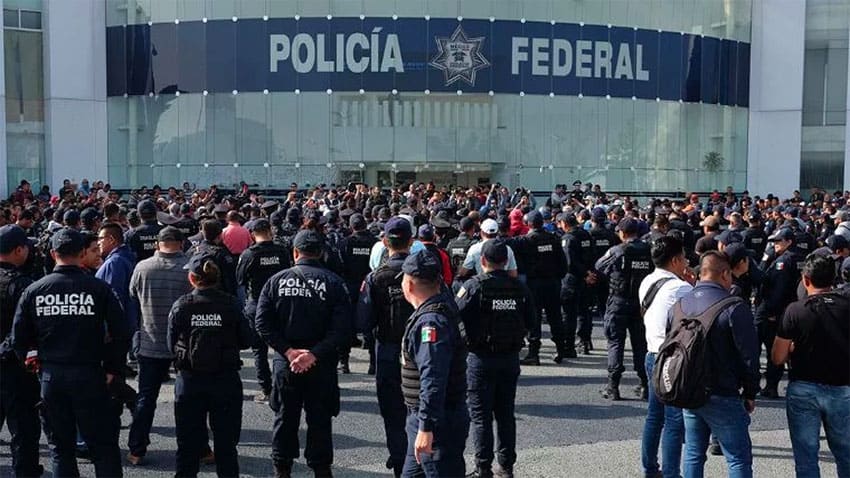
The newspaper El Economista reported that meeting the officers’ demand would cost the government around 8 billion pesos (US $403.9 million).
Federal Security Secretary Alfonso Durazo said in July that the Federal Police would be disbanded within 18 months and that intention was formalized on Monday via an announcement published in the government’s official gazette.
The same day, officers who belong to a group called Ciudadanos Uniformados (Uniformed Citizens) delivered a letter to the SSPC that reiterated that they do not want to join the National Guard.
Chávez, the police lawyer, said that disbanding the Federal Police is a mistake although he acknowledged that officers who do agree to join the National Guard will be better off financially.
One officer willing to make the shift is Higinio Amezcua, a 49-year-old with 18 years of experience in the Federal Police.
“It’s not a good idea for me to be going around looking [for a new job]. God willing, I’ll just finish another 12 years and then I’ll leave,” he told El Economista.
While acknowledging the benefits of joining the National Guard, which will recognize his years of service in the Federal Police, Amezcua said that becoming a member of the new security force won’t be easy, especially initially, because it is currently going through inevitable teething problems.
“To me it seems that the Guard is in diapers,” he joked.
Federal Police officers who decide not to join the Guard, or don’t meet its entry requirements, will have the opportunity to take up positions in one of several other government agencies managed by the SSPC.
They include Civil Protection services, the National Anti-Kidnapping Commission and the department that manages Mexico’s federal prisons.
Officers who have not yet made up their mind whether they want to join the National Guard or not need to act fast.
Applications for transfer into the force, the centerpiece of the government’s national security plan, will not be accepted after the end of this week.
Source: Reforma (sp), El Economista (sp)


